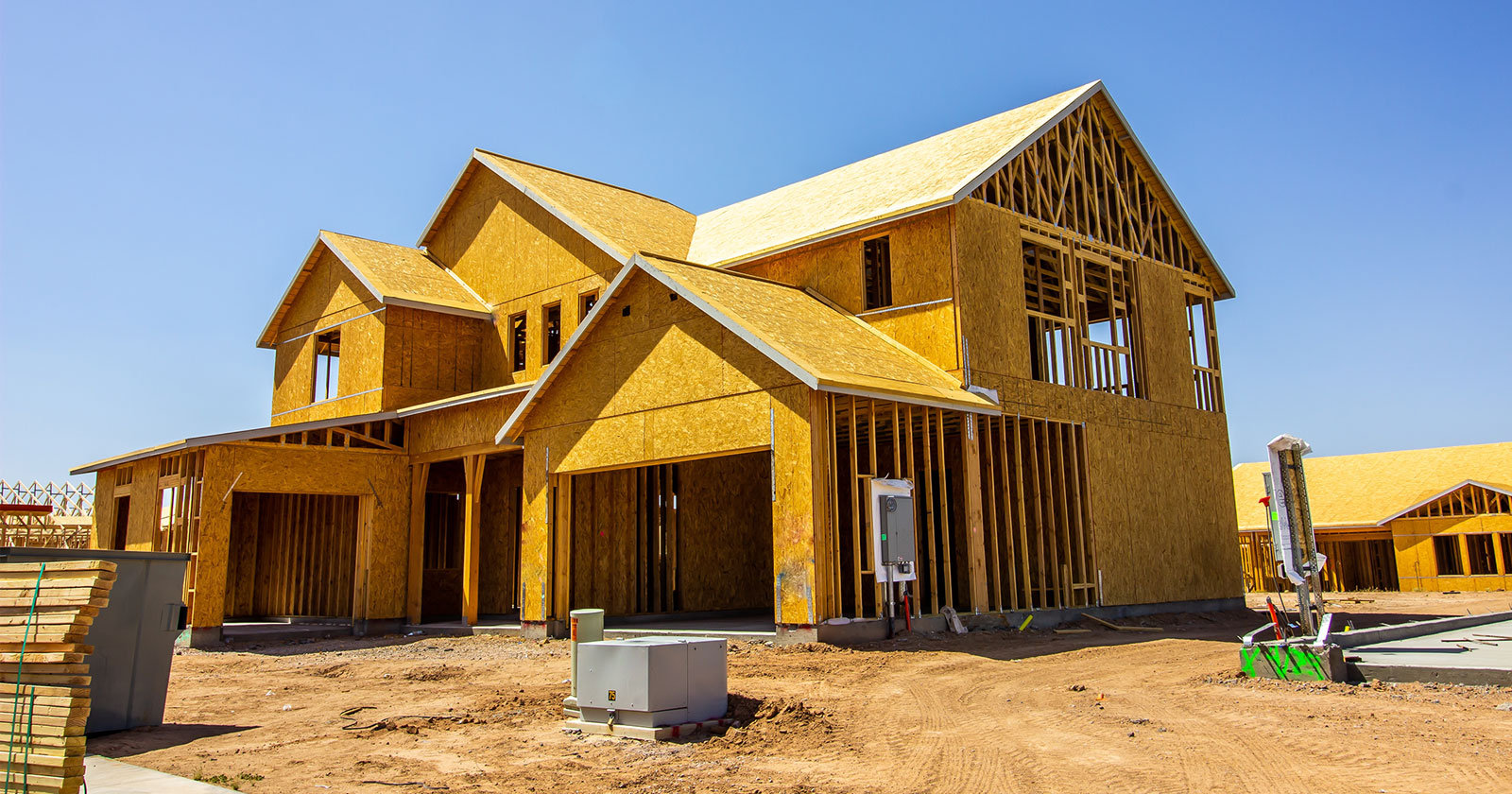Flipping a property or building a new home from the ground up can be one of the most profitable moves in real estate investing—but only if you have the right financing and understand the process. The house loan process for fix and flip or construction projects is not the same as getting a traditional mortgage. It’s faster, more specialized, and designed with investors in mind.
At FACo, we’ve helped countless investors turn ideas into successful, funded projects. Whether you’re acquiring your first investment property or you’re a seasoned developer managing multiple builds, knowing exactly what to expect from application to closing will help you move faster and avoid unnecessary delays.
Below, we’ll break down the 8-step house loan process—with insider tips to help you prepare, avoid common mistakes, and get your deal funded smoothly.
Step 1: Soft Credit Pull – Fast, No-Impact Check
- Why it matters: This helps us quickly assess your financial readiness without affecting your score.
- What we look for: Payment history, debt-to-income ratio, and other key indicators that influence approval and terms.
- Investor tip: Even if your score isn’t perfect, we work with many credit profiles. Strong assets, a solid track record, or a well-planned deal can often balance out a lower score.
Unlike a traditional lender, we’re not here to put you through months of paperwork just to tell you “no.” Our goal is to give you clarity within one to two business days.
Step 2: Submit Your Track Record – Show Us Your Experience
- Use our Track Record Template to list previous flips, builds, or renovations.
- Include photos, before-and-after details, timelines, and sale prices if available.
- If you’re new to investing, we’ll look at related experience—maybe you’ve managed renovations on your own home, worked in construction, or partnered with experienced builders.
Why it matters: Investors with a proven track record often qualify for better terms and faster approvals. But don’t worry—first-time investors can still get funded on most loan types if the deal makes sense and the numbers work.
Step 3: Appraisal – Establishing Current and After-Repair Value
- Current value – what the property is worth today.
- After-repair value (ARV) – the projected value after renovations or construction.
Cost: $650–$850 (can be more depending on location and unit count)
Timeline: Typically 5–7 business days.
Why it matters for investors:
- The ARV directly impacts your maximum loan amount.
- An accurate ARV can help you secure enough funds to cover both acquisition and renovations.
- For fix and flip loans, this step ensures the deal’s profit potential is realistic.
Step 4: Purchase Contract – The Deal on Paper
- This verifies the agreed-upon purchase price.
- For builds, we’ll review land purchase contracts or proof of lot ownership.
Step 5: Scope of Work – Your Project Blueprint
- Include detailed renovation or build plans, budget breakdowns, and timelines.
- Identify high-value upgrades that support a higher ARV.
- For new construction loans, be clear about each build phase.
Step 6: Entity Documents – Setting Up for Protection and Efficiency
- Provide your entity formation documents and ownership details.
- If you don’t have one, we can recommend steps to set it up quickly.
Why it matters for investors:
- Protects your personal assets.
- Can simplify tax reporting for investment projects.
- Some lenders require entity ownership for funding certain loan types.
Step 7: Title & Insurance – Protecting Your Investment
- Title review: Ensures there are no liens, judgments, or disputes that could delay funding.
- Insurance approval: Confirms adequate coverage for the property during renovations or construction.
Step 8: Closing & Funding – Green Light to Build or Flip
- We schedule closing—often much faster than traditional banks.
- Funds are disbursed so you can get to work.
- For construction, draws are typically released in stages as work is completed and inspected.
How Long Does the House Loan Process Take?
- Credit & Track Record Review: 1–2 days
- Appraisal: 5–7 days
- Underwriting: 3–5 days after all docs are submitted
- Closing: Immediately after the title and insurance are clear
Common Mistakes That Slow Down the Process
- Submitting incomplete documents.
- Underestimating renovation timelines or budgets.
- Delaying insurance or title work.
- Failing to communicate promptly with your lender.
Preparation is the fastest path to funding.
Beyond Flips and Builds: Other Loan Options
While many clients come to us for fix and flip or construction loans, we also offer:
- Stabilized Bridge Loans – Short-term funding for income-generating properties.
- Single Rental Loans – Long-term financing for individual rentals.or budgets.
- Rental Portfolio Loans – Finance multiple properties with one loan.
FACo Helps Make The House Loan Process Easy
The house building loan process doesn’t have to be complicated—especially when you have a lender who understands your goals. At FACo, we’ve designed our process to be fast, transparent, and investor-friendly. From the first conversation to funding, our team works to help you move forward with confidence.
If you’re ready to discuss your next flip, build, or investment, reach out to FACo today. Let’s get your project funded—and finished.




